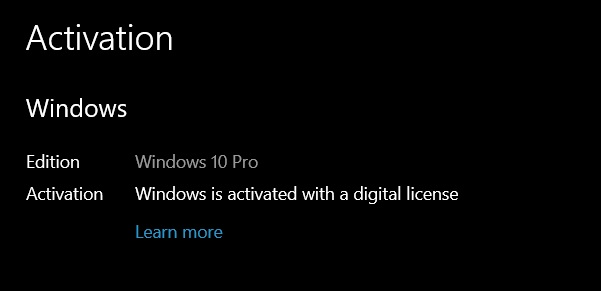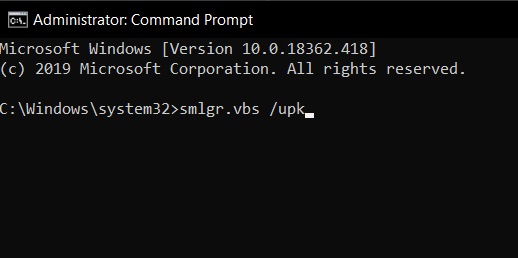

Suppose you upgraded to Windows 10 Pro from Windows 10 Home by purchasing an update through the Microsoft Store. In this case, the product key cannot be transferred and used to activate another device. If you own a device with Windows 10 preinstalled (for example, Surface Laptop 3 or Dell XPS 13 laptops), then only an OEM license is available. Sometimes, you may encounter activation errors that you will not resolve until you contact support and explain the problem.

Generally, there is no time limit on license porting, provided that you properly deactivate the previous installation. You could move your product key to another PC if you upgraded to Windows 10 from Windows 7 and Windows 8.1 systems purchased under a retail license. You can transfer your product key to other devices if you’ve obtained a Windows 10 retail license.

Microsoft uses different channels to distribute Windows 10 licenses, but two main channels are available to ordinary consumers: retail and original equipment manufacturer (OEM). How to determine if you can transfer a Windows 10 license? This guide walks you through the steps to transfer your Windows 10 product license key to a new PC. This procedure does not violate Microsoft’s policies but will always depend on how they initially obtained the license.

Regardless of the root reason, you have the right to transfer your Windows 10 license to another PC. If the new PC you built is designed to replace the old system, you can transfer your Windows 10 product key to the new device to save money.Ī license transfer will also help you when you’re about to sell your PC, want to keep your product key, or decide to reuse your license to activate a virtual machine. Usually, when you buy a new device, it already comes with a pre-installed and activated copy of Windows 10. However, if you decide to build the system from separate components yourself, then you will need a Windows 10 license, the cost of which can reach impressive amounts depending on the edition.


 0 kommentar(er)
0 kommentar(er)
